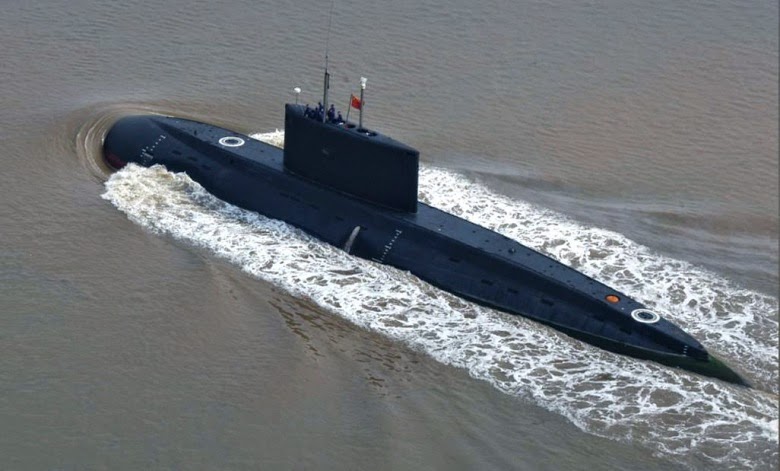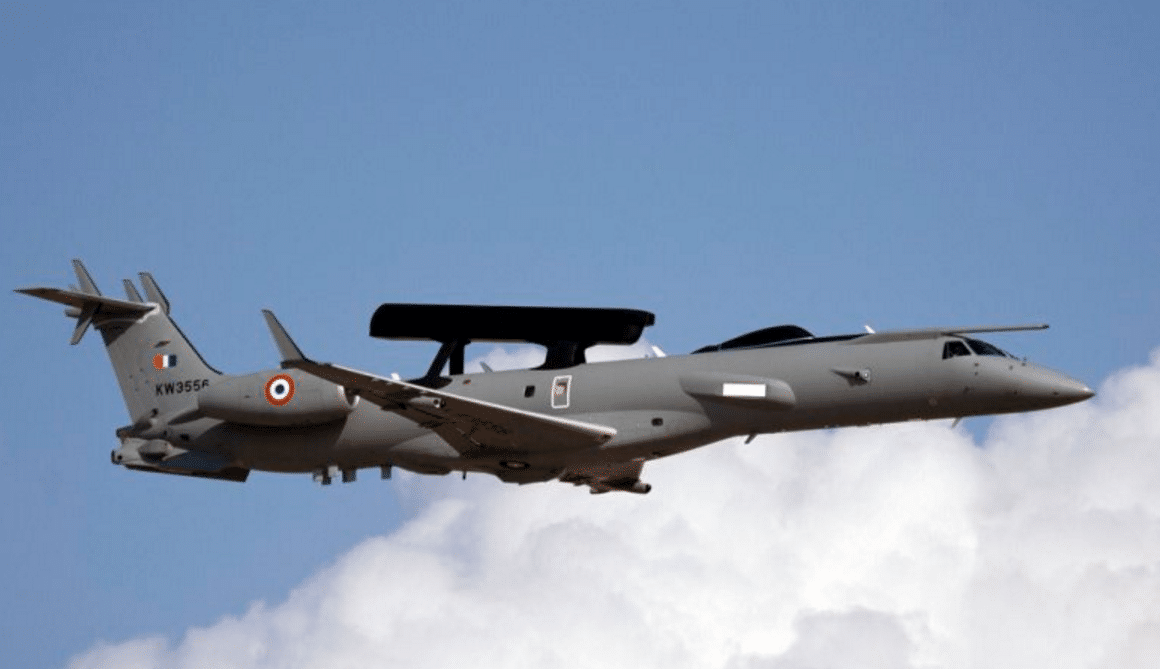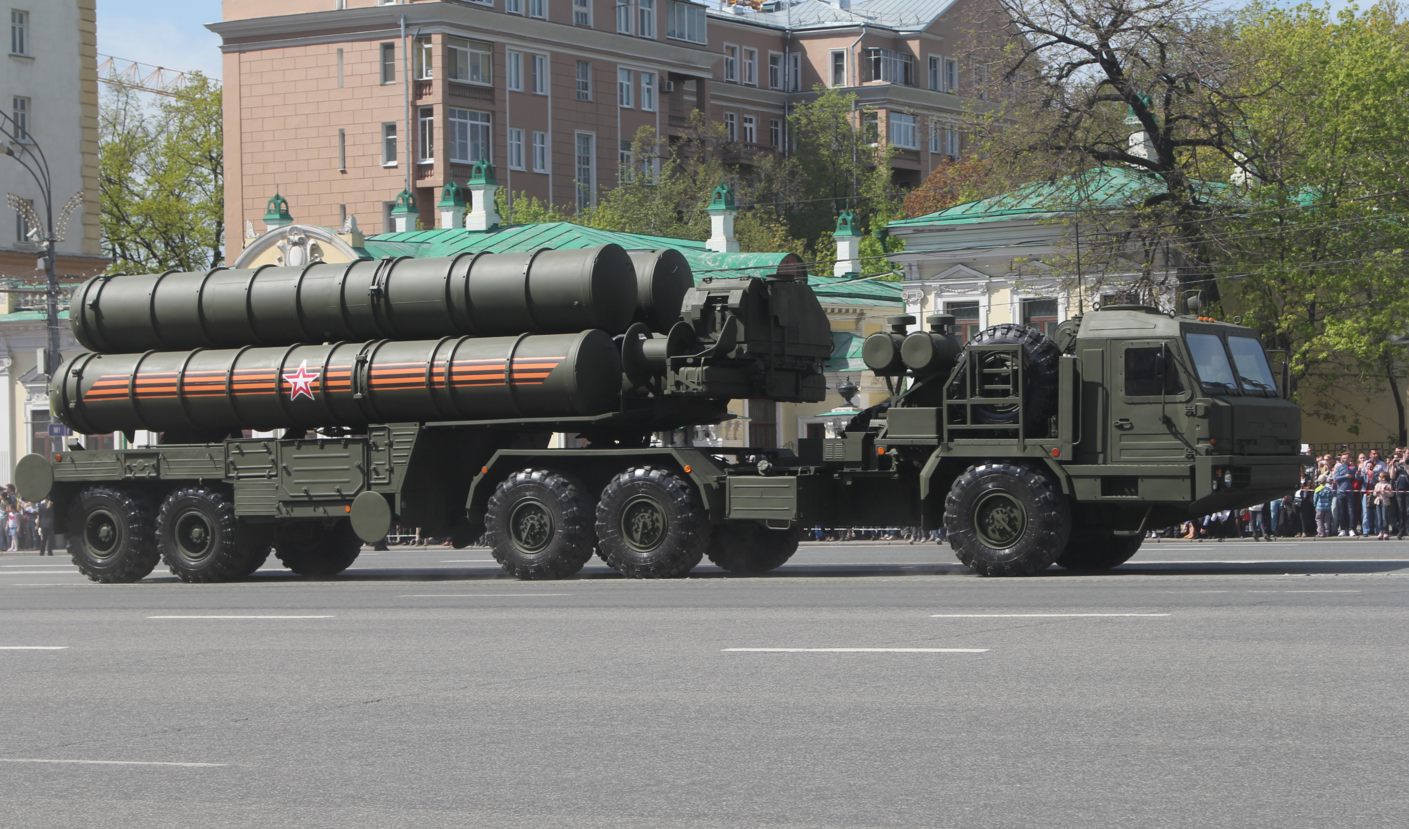39Views 9Comments

Pakistan Finalizes S20 Submarine Order from China?
10 October 2015
By Bilal Khan
On October 7th Rana Tanveer Hussain, the Minister of Defence Production, announced that the major purchase of eight new submarines from China had been finalized, and that four of the new ships would be built by the Karachi Shipyard & Engineering Works (KSEW).
As discussed in one of Quwa’s previous articles, Pakistan had been negotiating with China for new submarines since 2011, when it was originally reported that the Pakistan Navy was in talks with China Shipbuilding & Offshore International Co. Ltd (CSOC) for six submarines equipped with air-independent propulsion (AIP) systems. In April 2015 the Government of Pakistan reportedly announced that it had approved the purchase of eight such submarines, though the cost or type had not been revealed (Defence News). In July 2015 the contract was finalized and handed to the Chinese government for final approval. It seems that Beijing has green-lighted the offer and the deal is now in effect (Dawn News).
This is an important deal for the Pakistan Navy, which has not seen the same amount of attention and investment as the Pakistan Army and Pakistan Air Force, especially in recent years. Not only will these new submarines restore the deficit left by the retirement of the four Daphne SSKs, they will also expand the submarine fleet of the Navy to 11 ships (assuming the two Agosta-70 are retired).
The technical and cost aspects of this deal have not been disclosed, but there are some hints to offer some insight into the submarine type the Pakistan Navy may be procuring. In February 2013 CSOC presented the S20 submarine as its conventional submarine design for export, and it was noted by numerous analysts (such as those of Jane’s) for sharing a few similarities (at least aesthetically) to the Type-039A/041 Yuan-class diesel-electric submarine (SSK) in service with the People’s Liberation Army Navy (PLAN).
The Yuan-class SSK is the mainstay of the PLAN’s modern conventional submarine fleet. The Type-039A/041 is equipped with six 533mm tubes for use with anti-submarine warfare (ASW) torpedoes and anti-ship missiles (AShM). But while the Yuan-class SSK has a submerged displacement of 3600 tons, the export focused S20 submarine is lighter at 2300 tons submerged, more in line with contemporary export-oriented submarines from Germany and France. That said, the lighter S20 submarine design retains the Yuan’s six 533mm torpedo tubes, but it does not include the Yuan’s air independent propulsion (AIP) system by default, though the customer has the option of adding it upon request.
AIP technology is very important for navies seeking to use conventional submarines for extended undersea patrols without being easily detected. As I had written in a previous piece on Quwa, AIP technology allows SSKs to operate underwater without snorkeling for much longer periods of time, potentially as long as multiple weeks! In addition, AIP technology helps in keeping the submarine quiet, thus reducing its acoustic signature, a key advantage in subsurface combat where sound is the main method of detection and engagement. These advantages are more profound in the South Asian maritime theatre where there is close proximity between the two powers. For Pakistan, the amount of time a submarine can remain undetected will matter more than how far it can travel.
Although China has its own AIP technology (using Stirling cycle engine technology), it is not known if Pakistan is opting for Chinese AIP technology or if it is looking to acquire it from a third party. Pakistan’s Agosta-90Bs SSKs use the French MESMA AIP system, which is based on French nuclear propulsion technology, but generates heat using ethanol and oxygen. It is worth noting that it took four years to negotiate this deal, which is a fairly long time if every aspect of this program were single sourced from China. That said, in the absence of actual information, it is not worth discussing this aspect any further.
Another question is whether this deal will enable Pakistan to acquire assured second-strike capability. It is not known if the submarines the Navy is acquiring from China will be able to carry a submarine launch variant of the Babur land attack cruise missile (LACM), though the lack of specifics surrounding this deal could suggest that sensitive technology may be involved. The Pakistan Navy has not been shy in recent years to express its intention to complete Pakistan’s nuclear strike triad, so the intention is definitely there. I summarized the importance of this feat in my piece about the Pakistan Navy.
The ability to launch SLCMs in the form of say the Pakistani Babur land-attack cruise missile (LACM) would enable Pakistan to achieve assured nuclear second-strike capability. “Second-strike” is the ability to respond to an enemy’s successful use of its nuclear weapons on one’s soil, and “assured” second-strike is the absolute ability to do so regardless of the situation on the ground (e.g. if numerous if not all land-based nuclear launch sites and/or warhead-stocks are destroyed). The availability of as many as eight submarines with SLCM capability will allow Pakistan to complete its nuclear-strike triad, i.e. the capacity to deploy nuclear warheads from the surface (land or sea-surface), air (through aircraft) and underwater.
But nuclear armaments aside, equipping the submarine fleet with even conventionally-tipped LACM capable of reaching targets at 700km (the offically set range of the Babur LACM) is a significant gain for the Pakistan Navy. LACMs can be difficult to detect. They can potentially be equipped with sub-munition dispensers as well, enabling for area-wide strikes. This is a key capability to have when targeting air fields, shipyards, dockyards, radar/air defence sites and other areas where an adversary’s key assets are spread out. It will be interesting to see if Pakistan opts to (or is able to) develop a long-range LACM capable of reaching targets in excess of 1000km (either based on Babur or a new design).
It should be noted however that a strong submarine fleet is only one component of a strong navy. Despite their advantages, submarines can be susceptible to aerial platforms (such as the P-8I Poseidon in service with the Indian Navy) designed to detect and attack subsurface platforms. With the submarine acquisition effort more or less settled at this point, I hope and expect to see some serious attention paid to the Pakistan Navy’s surface fleet, which is in need of modern multi-mission frigates capable of housing and using surface-to-air missiles (SAM) capable of hitting targets in excess of 30km (ideally 50km+ like the Evolved Sea Sparrow Missile).


